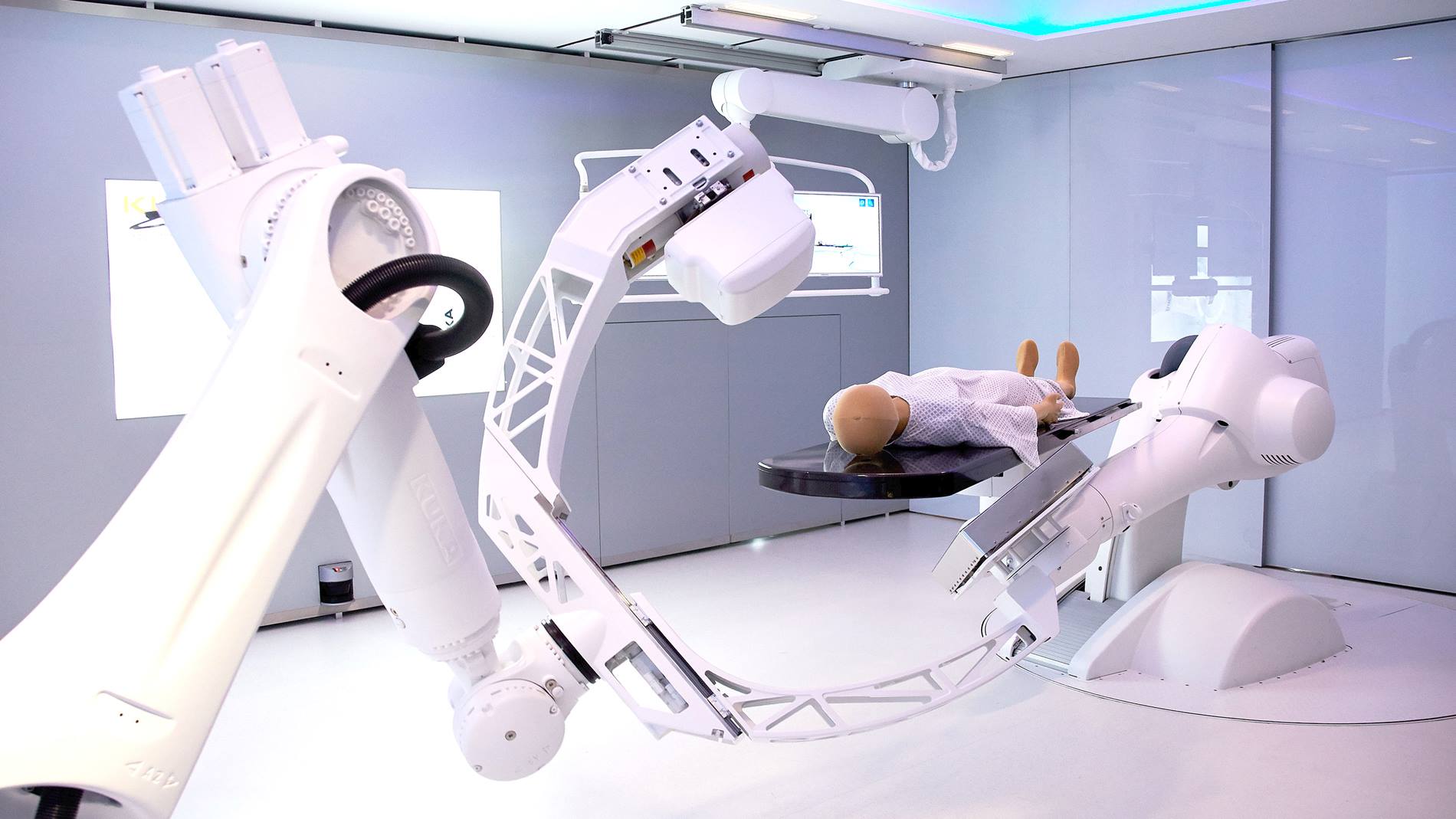Revolutionizing Healthcare: The Impact of Robotics in the Medical Industry
Introduction
Advancements in robotics and automation have transformed numerous industries, and the medical field is no exception. Robotics in the medical industry has emerged as a groundbreaking solution, revolutionizing patient care, surgical procedures, diagnostics, and rehabilitation. From precision surgical robots to robotic exoskeletons, these technological marvels are enhancing the efficiency, accuracy, and safety of medical interventions, ultimately improving patient outcomes. In this article, we explore the significant impact of robotics in the medical industry and its promising future.
Enhancing Surgical Precision and Minimizing Invasive Procedures
Robotic systems have redefined surgical procedures by introducing unprecedented precision and dexterity. Robotic surgical systems, such as the da Vinci Surgical System, have become increasingly prevalent in operating rooms worldwide. Surgeons manipulate robotic arms, which translate their movements into precise actions, enabling delicate procedures with reduced invasiveness.
The incorporation of robotics in surgeries offers several advantages. Firstly, it enables minimally invasive procedures, reducing postoperative pain, scarring, and recovery time for patients. Secondly, the enhanced visualization provided by robotic systems allows surgeons to perform intricate tasks with greater accuracy, minimizing the risk of errors and complications. Moreover, robotic assistance provides surgeons with an ergonomic and stable platform, reducing fatigue and improving overall surgical outcomes.
Improved Diagnostics and Imaging
The integration of robotics with medical imaging and diagnostics has led to remarkable advancements. Robotic systems can precisely navigate imaging equipment, such as MRI scanners, enabling targeted biopsies and interventions. Additionally, robots can autonomously perform repetitive tasks, such as analyzing large datasets and identifying anomalies, assisting radiologists in accurate diagnosis and interpretation of medical images.
Robotics in diagnostics has also paved the way for telemedicine. Remote-controlled robots equipped with high-resolution cameras and sensors allow doctors to examine patients from a distance. This technology is particularly valuable in rural or underserved areas, providing access to specialized medical care and expert consultations.
Rehabilitation and Physical Therapy
Robotics plays a crucial role in the field of rehabilitation and physical therapy. Robotic exoskeletons and prosthetics are transforming the lives of individuals with mobility impairments. These wearable robotic devices provide support and assistance, allowing patients to regain mobility and independence. Through sophisticated sensors and actuators, exoskeletons adapt to the user’s movements, enabling them to walk or perform daily activities with greater ease.
In addition, robotic systems aid in neurorehabilitation by facilitating repetitive and targeted exercises. Robots can precisely control the intensity, duration, and frequency of therapy, optimizing recovery for patients with neurological disorders, stroke, or spinal cord injuries. By offering personalized and consistent rehabilitation, robotics contributes to improved patient outcomes and quality of life.
Enhanced Patient Care and Safety
Robotic technologies contribute significantly to enhancing patient care and safety. Robots can perform repetitive and physically demanding tasks with precision and accuracy, reducing the risk of human error. For instance, robotic pharmacy systems accurately dispense medications, minimizing the occurrence of medication errors in hospitals.
Furthermore, autonomous robots are increasingly utilized for sterilization and disinfection in healthcare settings. These robots employ UV light or other sanitization methods to eliminate harmful pathogens, reducing the spread of infections and enhancing overall hygiene.
Future Possibilities
The potential for robotics in the medical industry is immense. Ongoing research and development are exploring new frontiers, including nanorobotics for targeted drug delivery, robotic-assisted microsurgeries, and even robotic companions for elderly care. Artificial intelligence (AI) integration with robotics holds the promise of further advancements, enabling robots to learn and adapt to complex medical scenarios.
However, challenges such as cost, regulatory considerations, and public acceptance remain. Striking the right balance between human expertise and robotic assistance is crucial to ensure the best outcomes for patients while maintaining ethical standards


